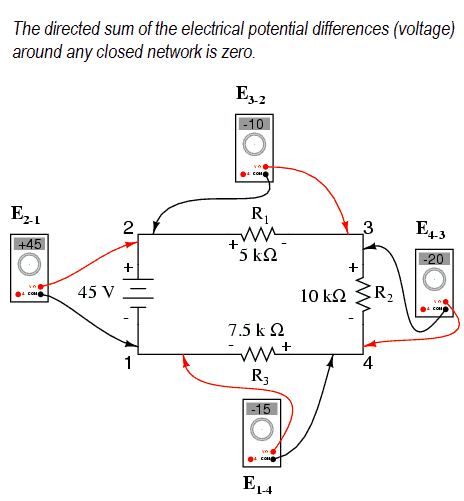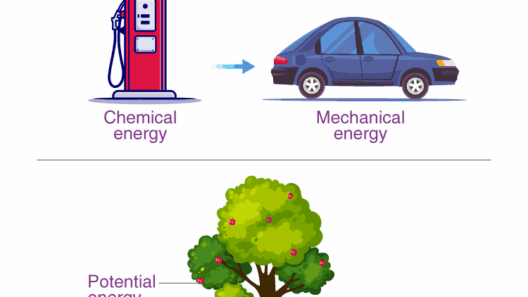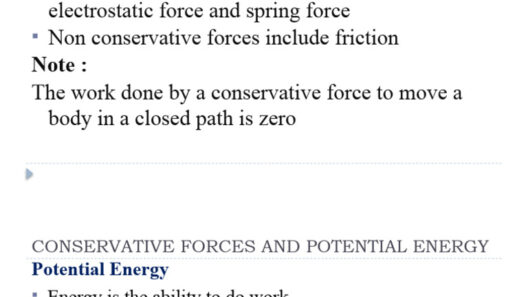Energy conservation in the universe is akin to a grand cosmic dance, where forces intertwine in an intricate ballet, each step meticulously preserving the harmony of existence. At its core, the law of conservation of energy posits that energy cannot be created or destroyed; it can only transform from one form to another. This principle is emblematic of the universe’s elegance, where every action begets a reaction, perpetuating an eternal cycle of energy exchange.
To delve into the nuances of energy conservation, one must first understand the various forms it manifests. Energy exists not just as the fuel for machinery or the warmth of a fire; it takes on myriad guises—kinetic, potential, thermal, chemical, and nuclear, to name a few. Each form plays a pivotal role in the broader tapestry of the universe, showcasing the adaptability of energy as it morphs to suit the needs of its environment.
Kinetic energy is the energy of motion, observable in a waterfall cascading down a cliff or a comet hurtling through the void of space. In contrast, potential energy is stored energy, awaiting its moment to unfold—think of a coiled spring or a boulder perched precariously on a hill. The transformation between these states is essential; it becomes evident when one observes a roller coaster’s ascent and descent, where gravitational potential energy is converted into kinetic energy, only to culminate in a cycle that could repeat ad infinitum.
This interchangeancy between forms is a testimony to the overarching principle of energy conservation. Even in its various transformations, the total energy remains constant. Imagine a master artist, skillfully blending colors, yet maintaining the integrity of their palette. This constant may seem mundane, yet it resonates deeply within the fabric of reality, revealing how the smallest of actions conjures ripples throughout the cosmos.
The universe perpetually seeks equilibrium, a principle paralleled in the Second Law of Thermodynamics, which introduces the concept of entropy. Entropy measures the degree of disorder or randomness in a system, and while energy is conserved, it inevitably becomes less usable over time as systems evolve. In this sense, conservation and entropy exist as opposing forces; energy moves toward equilibrium, yet this requires inputs of energy to maintain order. That dichotomy echoes through the cosmos, from the birth of stars in nebulae to the eventual cooling of the universe.
Stars themselves are a prime example of this energetic equilibrium. Through nuclear fusion, hydrogen atoms are transformed into helium, releasing an exuberance of energy that illuminates galaxies. The radiant energy produced by stars powers the very processes that sustain life on Earth, underscoring the significance of energy conservation across vast expanses of space. However, the life cycle of a star is also a vivid illustration of energy’s transient nature. As stars exhaust their nuclear fuel, they evolve into red giants or supernovae, ultimately relinquishing their energy back into the cosmos, where it will be reabsorbed by new stellar formations in an unending cycle.
Furthermore, energy flows through ecosystems in a similar manner. Solar energy harnessed by plants through photosynthesis provides the foundation for life on Earth, granting energy to herbivores, which in turn become sustenance for carnivores. Energy moving through these biological systems is continually transformed as it traverses from one organism to another, highlighting the interconnectedness of life and the persistent conservation of energy within ecological balances. Like a convoluted labyrinth, life perpetually reorganizes its energy use, ensuring stability amid ceaseless change.
Energy conservation thus offers a plethora of philosophical reflections. Much akin to the water in a river, which flows unceasingly yet maintains its essence, energy’s fundamental characteristics remain unaffected despite conforming to the myriad forms that arise. This metaphor, rich with implications, evokes the transformative power of energy in fostering not only physical phenomena but also the ethos of sustainability we strive to instill in the face of climate challenges.
With disruption wrought by climate change, the importance of energy conservation has never been more pronounced. Efforts to limit energy consumption and transition to renewable resources embody the principles of conservation in actionable ways. Society’s trajectory must embrace innovations in technology that prioritize energy efficiency, akin to honing a finely tuned instrument to produce harmonious melodies from the vibrations of the cosmos. Notably, renewable sources such as solar, wind, and hydroelectric energy not only contribute to sustainability but also echo the cyclical nature of energy transformation, reaffirming its unyielding constancy in a world yearning for stability.
In summary, energy conservation in the universe is a multifaceted phenomenon that transcends mere physics. It embodies the eternal rhythms of existence, where every transformation serves a purpose, preserving the delicate equilibrium of our reality. As we become more cognizant of our place within this intricate dance, it becomes imperative to champion energy conservation practices that mirror the universe’s own paradigms. In nurturing a profound respect for energy’s conservation, humanity aligns itself with the timeless rhythms of the cosmos, forging a sustainable path forward for future generations.





